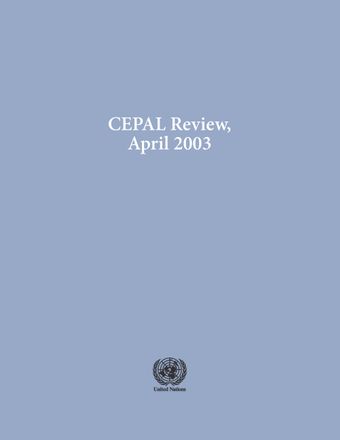-
The Argentine crisis and its impact on household welfare
- Source: CEPAL Review, Volume 2003, Issue 79, Apr 2003, p. 143 - 158
- Spanish
-
- 22 Apr 2003
Abstract
The analysis of integration processes between two economies has traditionally focused on identifying the intensity of trade creation and diversion, estimated through a simulation of the impact of the reduction or elimination of trade barriers. At the same time, the literature on multinational corporations has stressed the growing weight of intra-firm transactions in total foreign trade. This paper attempts to compare these two theoretical approaches by analysing the geographical orientation of the leading Brazilian export firms and, on that basis, inferring the potential impact on estimates of the effects of the Free Trade Area of the Americas (FTAA). The hypothesis is that, by taking into account the significance of subsidiary firms in the country’s foreign trade and the geographical concentration of these firms’ external commercial transactions, the results derived from the creation of FTAA may differ from those obtained through simulations based on the reduction or elimination of trade barriers.





